Two big ways institutions must be innovative with upskilling culture
University Business
MARCH 18, 2025
“Historically, many four-year schools have been somewhat detached from the job market, focusing more on traditional liberal arts education,” Dinski says. He also champions the Bipartisan Workforce Pell Act, which would expand Pell Grants on short-term postsecondary programs. “However, this needs to change.

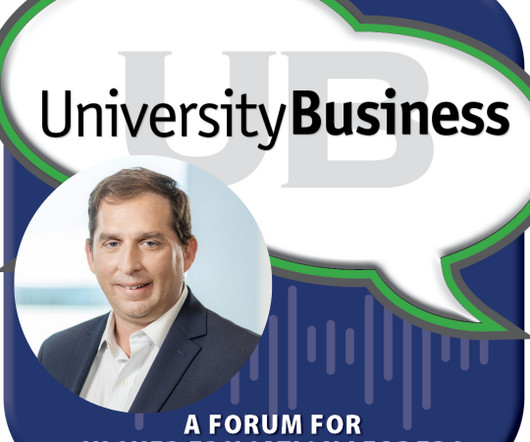
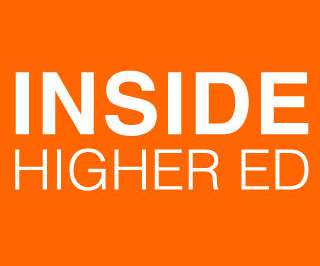
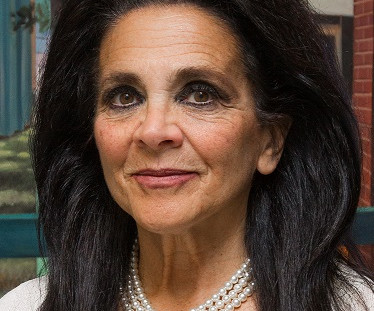
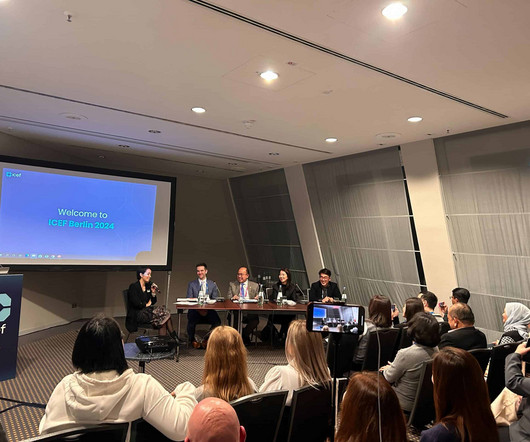
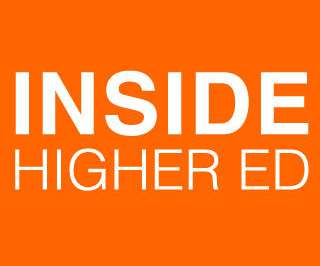


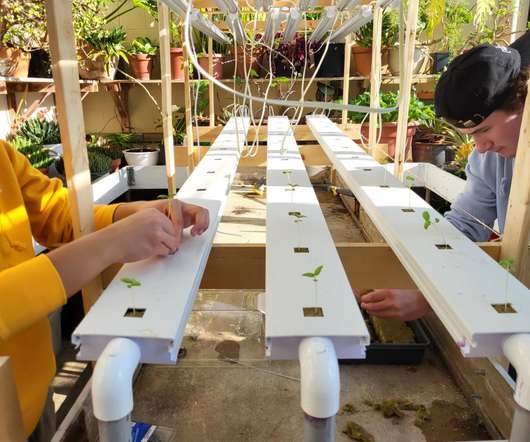


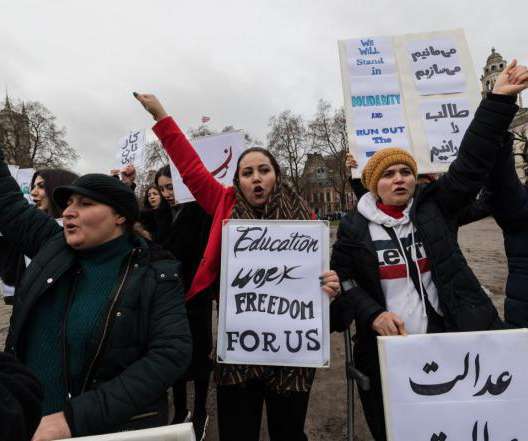
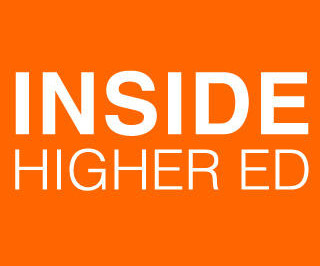






Let's personalize your content